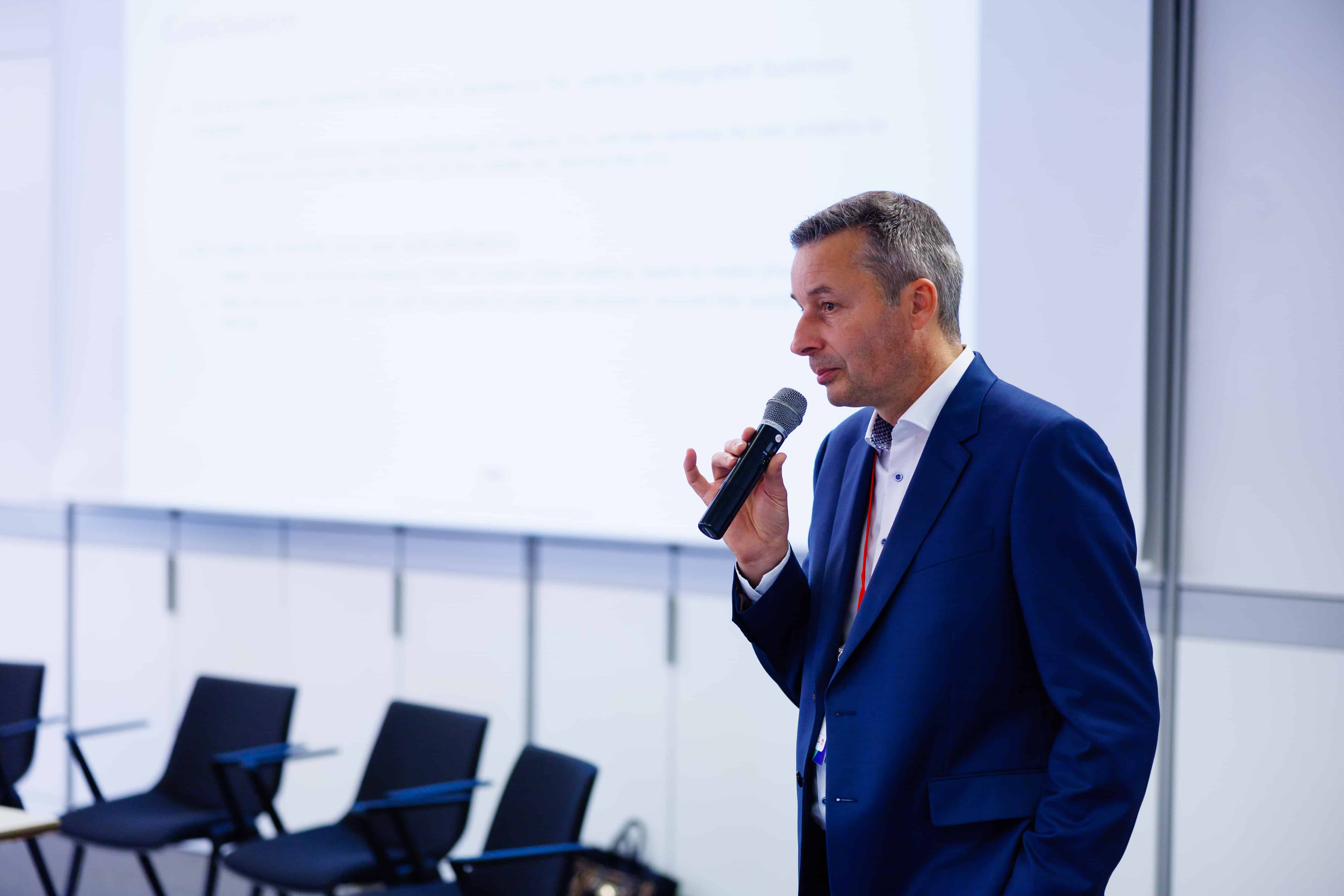
Extracting CO2 from the ocean could be a significant step toward doing something about the effect of greenhouse emissions. One example is an initiative presented by energy scientist Paul Straatman. His proposal is relatively cheap because it makes use of an already established technique. it basically boils down to making use of the temperature differences in the oceans, which in turn releases CO2.
There are plenty of initiatives to do something about the unwelcome amount of CO2 in the atmosphere. Greenhouse gases are a major cause of global warming and climate change.
A variety of solutions are based on capturing emissions in seawater. This is simply because there is more to be captured in the oceans than in the atmosphere. They harbor 39,000 gigatons of CO2, while in the atmosphere it is a fraction of that, just 750 gigatons.
Equilibrium
CO2 from the sea can then be stored or put to good use. Indirectly, this cuts down on a lot of CO2 in the air because of the suction effect that oceans have on this gas in the atmosphere. CO2 extracted from the sea provides space for absorption from the air. According to Henry’s law, atmospheric CO2 dissolves in seawater until an equilibrium is reached.
Paul Straatman and Professor Wilfried van Sark (Copernicus Institute at Utrecht University, The Netherlands) hope to make a contribution to the extraction of CO2 from seawater. Straatman works for Indorama , a chemical company in Rotterdam’s port area. Professionally, Straatman deals with cycle processes and CO2 reduction technologies. This is how he came across a potentially interesting solution to slow down the accumulation of CO2 in seawater and the atmosphere.
“When thinking about cycle processes, you should think about steam turbines or a refrigerator. What we propose is to add a step to an already established cycle process. It’s called Oceanic Thermal Energy Conversion, or OTEC for short, for generating energy from seawater.

Temperature differences generate electricity
OTEC uses temperature differences between deep-sea water and the layer on the surface to generate energy. At great depths, seawater is much cooler than the top layer that is heated by the sun.
For example, warm seawater is put into one vacuumized vat, and cold water from a kilometer deep is put into another. The vats are connected to a turbine to capitalize on the difference in vapor pressure. This is because the warm vat holds a higher pressure than the cool vat. The difference in pressure causes the turbine to rotate, thereby generating electricity.
And this is where Straatman’s idea comes in. “Because this process is a way to release CO2. It’s admittedly low concentrations in seawater. But because many tonnes of seawater pass through OTEC every second, these are still substantial amounts.”
Utilizing waste gas streams through purification.
“This CO2 dissolves in the water and from the dissolved form it comes out as a gas due to the drop in pressure. Until now, this has been considered a waste gas stream. While you can use that quite efficiently by adapting it.” The involves a modified CO2 treatment method using the same proven technology commonly used for this purification process in biogas plants. That purification step has been optimized for energy consumption and the estimated costs.
Capturing CO2 this way can be relatively inexpensive, also because this gas is sourced free of charge. “We calculated that it would cost between 15 and 35 euros per metric ton. Compare that with existing ‘direct air capture‘ techniques, where CO2 is captured in ordinary air or in a chimney. That amounts to hundreds of euros per metric ton, a gigantically expensive technique.”
Using CO2 for methanol
The extent of the cost of binding CO2 is obviously related to its concentration levels. There is about 0.04 percent CO2 in air. About 7-13 percent in flue gases from industrial processes, and the CO2 content is calculated to be 14 percent in cold water at an OTEC plant. The higher the initial concentration, the lower the cost the treatment will be. Given that water sucks in CO2, the ocean actually functions as the first crude concentration step.
What can you do with the CO2 harvested in this way from seawater? “You can make methanol out of it, for one thing. That’s a clean fuel. You won’t burden the biosphere that way like you do with fossil fuels.””

Freshwater by-product for dry areas
There was considerable interest in the publication of his findings, Straatman says. Under the supervision of Professor Van Sark, Straatman aims to obtain a PhD on the subject within four years. He notes that an OTEC plant is a prerequisite for the feasibility. Although the technology is not yet widely in use. “Ideal locations for it are in remote areas, but these in turn has the disadvantage that you can’t then easily offload the electricity,” he explains.
Capturing the energy in an energy carrier such as methanol could address this location limitations and enable scaling up OTEC-CO2 technology around the world. Because seawater vapor is condensed after the turbine step, it can serve as a source of freshwater. This can be a welcome by-product in dry locations.
Electrochemical technology also suited
A portion of the CO2 is extracted from the seawater at OTEC, but to remove the rest of it, more is required. One way to do that is with electrochemical techniques, which the research group of David Vermaas (Delft University of Technology/TU Delft) has been working on. He also sees the ocean as a promising work field.
CO2 can be captured using the electrochemical method by changing the pH of a liquid. When the water becomes acidic, the same effect occurs as opening a bottle of mineral water containing carbon dioxide: Gas bubbles escape, or CO2 separates from water. This can then be stored (underground) or reused. The fluctuation in pH levels is achieved using electrolysis and bipolar membrane electrodialysis, among other methods.
Vermaas has studied the electrochemical method in greater detail as an alternative to conventional capture from factory chimneys or from the atmosphere. This entails binding CO2 to materials, as in chemical absorbents. This method has the disadvantage that it takes a lot of heat to release the bonded CO2.
Combination with desalination plants
In theory, this electric route works more efficiently and sustainably. TU Delft discovered that in practice, various electrochemical ways cost much more energy than previously thought.
A feasible strategy could be to use seawater and, as in the case of Straatman, to piggyback on existing technologies. In the case of the electrochemical method, combinations with desalination plants for the preparation of drinking water were looked into.
“Take the blue energy plant on the Afsluitdijk,” Vermaas says. ” Leveraging electrical facilities that way offers two advantages. First of all, by capturing CO2, you can remove lime from those plants, because it is problematic. Secondly, it cuts down on costs that are incurred for pre-treatments and infrastructure.” Yet in the future, a combination with OTEC should also be conceivable, Vermaas contends.
The CO2 resulting from the electrochemical treatment could, according to Vermaas, just as with the OTEC method, serve as a raw material for methanol. Although he also mentions kerosene or limestone, which could eventually be used in cement, for example.

Also interesting: Finely ground rock could bind CO2 in the atmosphere







